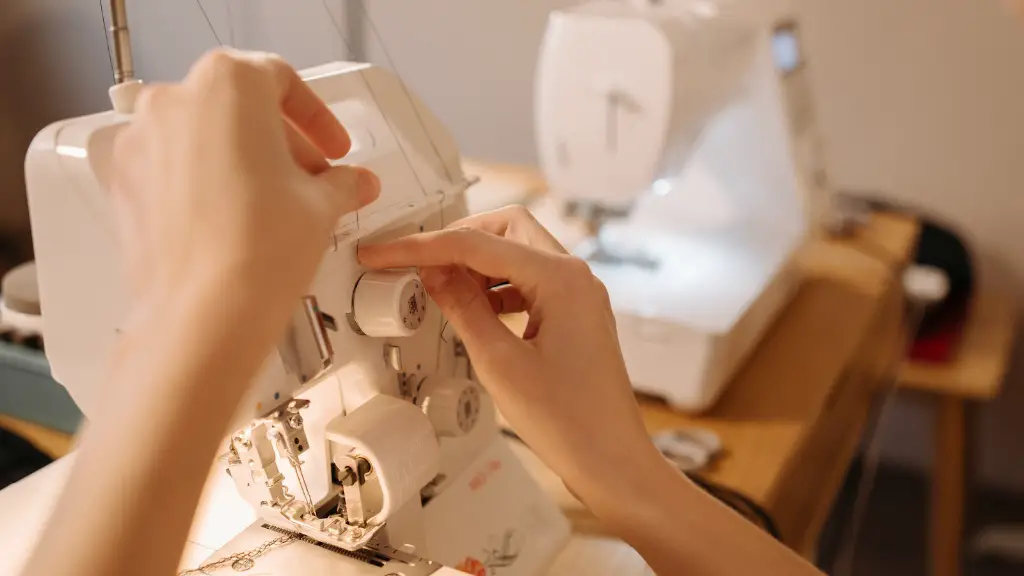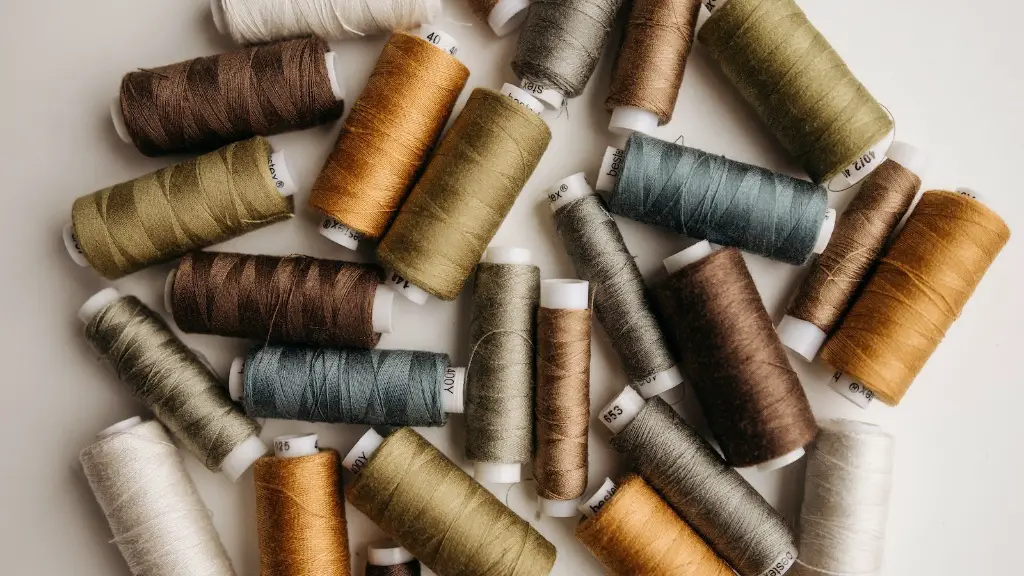Sewing Machine Tune Up Cost
Sewing machines are like any other tool; they need to be taken care of. A tune up can help keep your machine running like new and can prevent costly repairs. But how much does a sewing machine tune up cost? The price depends on the type of machine and the type of service you need. Usually, the cost of a tune up for a sewing machine is between $40 and $150.
Before you have the tune up done, it is important to know what type of sewing machine you have and what type of service you need. Different types of sewing machines require different types of services. Most service providers will charge differently depending on the type of machine and service they are offering. For example, you may pay more for a professional to service an industrial sewing machine than you would to service a standard sewing machine.
Another factor that can affect the price of a sewing machine tune up is the age of the machine. If your machine is older, you may need to have more parts replaced than if it were newer. This can add to the cost. Additionally, if your machine has been heavily used, you may also need to have more parts replaced to ensure that it is operating at peak performance.
If you are comfortable enough with the mechanical aspects of your machine, there are some basic tasks that you can do to reduce the cost of a tune up. It is important to clean your sewing machine after every use and make sure the tension is adjusted. You should also oil your machine periodically to keep the parts from seizing up. These tasks will help your machine last longer and keep it running smoothly.
When considering the cost of a sewing machine tune up, it is important to keep in mind that in the long run, it can save you money. Regularly servicing your machine will help prevent unexpected repairs and can keep your machine running smoothly. Additionally, regular maintenance can extend the life of your machine and save you money on buying a replacement.
Sewing Machine Types
Sewing machines come in many different types. The most common types are mechanical machines, electronic machines, and computerized machines. Mechanical machines use a system of gears, needles, and bobbins to create stitches, while electronic machines use electrical motors to drive the needles and bobbins. Computerized machines are more advanced and use computer technology to control the needles, threads, and stitches.
Knowing the type of machine you have can help you make an informed decision when selecting a sewing machine technician. If you have an electronic or computerized machine, it is important to find a technician that specializes in servicing these types of machines. This will help ensure that you get the best results and that your machine is properly serviced.
Regardless of the type of machine you have, regular maintenance is essential for keeping your machine running properly. It is important to find a technician who is experienced and knowledgeable about servicing your type of machine.
Choosing a Technician
Choosing a qualified technician is important when getting a sewing machine tune-up. It is best to find someone who is experienced and knowledgeable about your type of machine. Doing research online is a great way to find qualified technicians as you can read reviews and check references to find the best person for the job.
If you are having your machine serviced in a store, it is important to make sure that the person working on your machine is certified. Many stores will have a certified technician on staff and will be more than happy to provide service on your machine. It is important to ask the technician any questions you may have and to make sure they are familiar with your type of machine.
When selecting a technician, you should also consider the cost. It is important to find someone who is not charging an exorbitant fee for the service. It is also a good idea to ask around at your local quilt shops, craft stores and fabric stores for referrals.
DIY Tune Up
If you are comfortable with the mechanical aspects of your machine, you can do a tune-up yourself. Most manufactured machines will come with an owners manual. This manual will help you understand the components of the machine and how to service them. It is important to refer to the manual before attempting any repairs and to follow the instructions carefully.
To do a tune up yourself, you will need to remove the machine head and clean all the parts. You will also need to oil the machine according to the manufacturer’s instructions. Additionally, you will need to adjust the timing, tension, and other settings to ensure that the machine is running smoothly. If you do not feel comfortable working on the machine yourself, it is best to leave it to a professional.
Doing a tune up yourself can save you money, but it is important to note that if you do not do it properly, you could end up with a machine that does not run properly or may even break down completely. Therefore, if you are unsure how to do a tune up, it is best to find a professional to do it for you.
Pros and Cons of a Tune Up
Overall, getting a tune up for your machine is beneficial in the long run. Regularly servicing your machine can help prevent unexpected repairs and keep it running smoothly. Additionally, it can save you time and money as you do not have to buy a new machine and can just keep your current one running like new.
However, it is important to note that getting a tune up is not always necessary. If your machine is running smoothly, there is no need to get a tune up. Additionally, if you do not feel comfortable servicing the machine yourself, it is best to leave it to a professional.
Additional Services
In addition to getting a tune up, some service providers may also offer additional services. These services may include cleaning the machine, replacing any worn-out parts, and replacing any broken or worn-out needles. Additionally, some technicians may also provide instruction on how to use your machine and how to troubleshoot any problems.
The cost of these additional services can vary depending on the type of service and the technician. Therefore, when considering the cost of a sewing machine tune up, it is important to ask about any additional services the technician may offer.
Preventative Maintenance
Preventative maintenance is one of the best ways to keep your machine running smoothly and to reduce the cost of a sewing machine tune up. It is important to keep your machine clean and to practice regular maintenance. Additionally, you should also store your machine in a cool, dry place and never leave it in direct sunlight.
If you are having any problems with your machine, it is important to address them as soon as possible. If possible, try to find out what the problem is and fix it yourself. If you do need to get a tune up, be sure to find a qualified technician who is familiar with your type of machine and the service you need.
Alternatives to a Tune Up
If a tune up is not necessary, there are other ways to keep your machine running smoothly. Some of these include buying new machine parts, replacing worn or broken needles, and cleaning the machine periodically. Additionally, it is also important to practice proper storage to keep your machine in good condition.
If you are having difficulty with your machine, there are also some troubleshooting steps you can take. These include making sure the machine is unplugged, inspecting the machine for any loose parts, and adjusting the tension. Additionally, some machines may also come with instructional videos or manuals to help you troubleshoot any issues.
If you are having difficulty troubleshooting the machine, it is best to seek professional help. A qualified technician can help you identify the issue and correct it quickly and efficiently.





